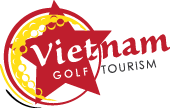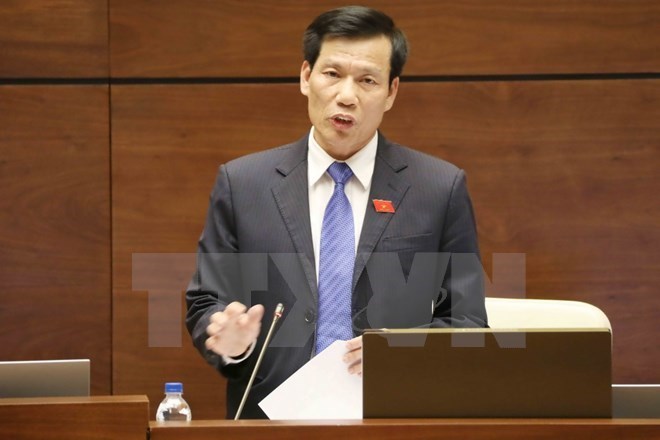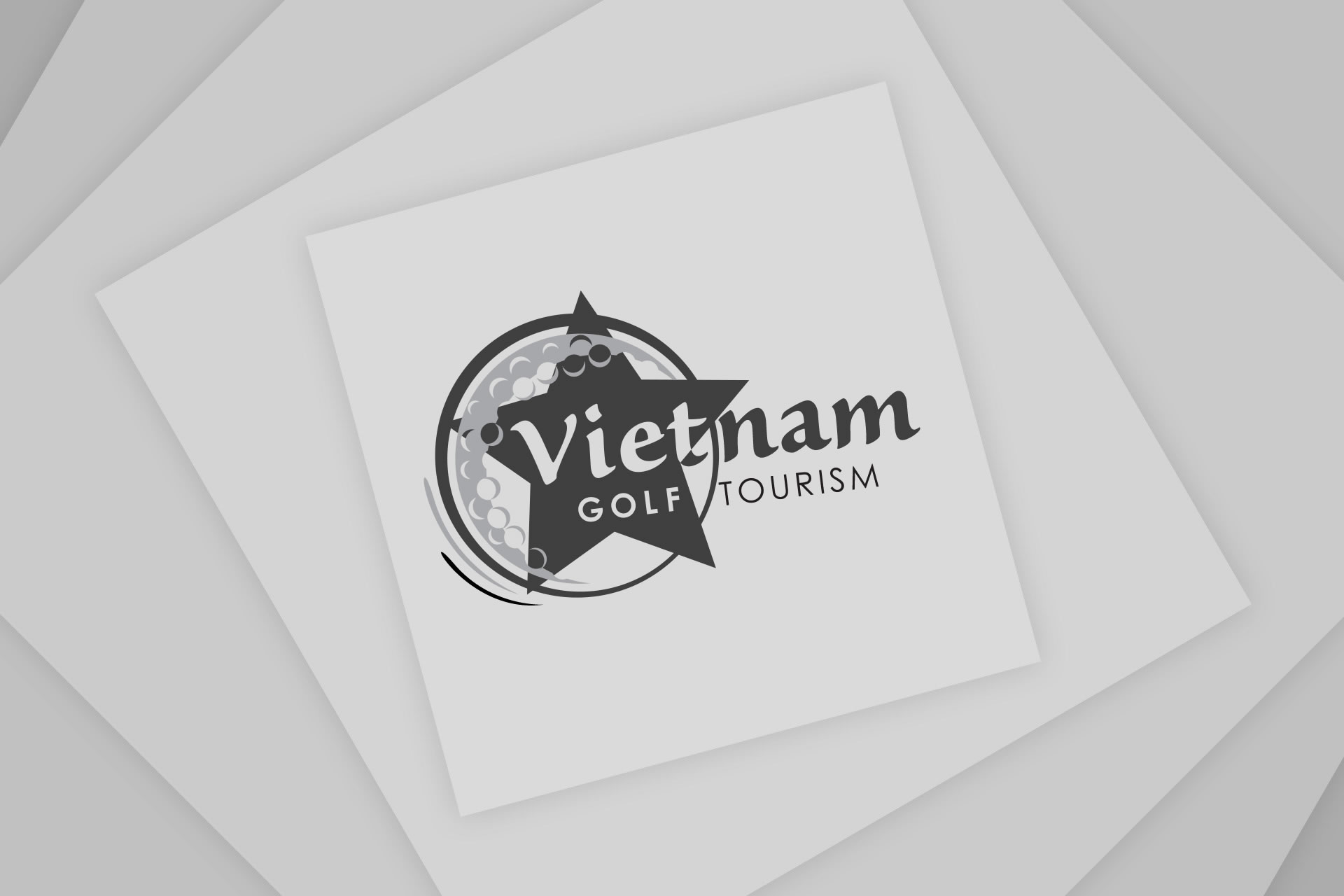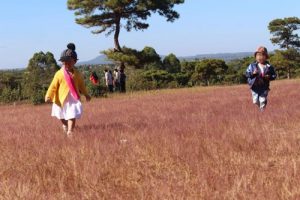Hanoi (VNS/VNA) – The ASEAN Tourism Forum 2019 (ATF 2019) is taking place in Ha Long city, the northeastern province of Quang Ninh from January 14-18.
Minister of Culture, Sports and Tourism Nguyen Ngoc Thien gave an exclusive interview to Vietnam News on the eve of the event.
The following is the full text of the interview.
Q: Can you tell us about the importance of the ASEAN Tourism Forum Vietnam 2019?
A: Vietnam first hosted the ATF in 2009. Now it is back after 10 years, and the UNESCO World Heritage Site of Ha Long in the northeastern coastal province of Quang Ninh has been chosen to organise a series of activities for the event.
This event plays significant political and socio-economic roles in the region as well as the world, and the host country can benefit from the event by attracting more foreign tourists. Tourism activities have become more vibrant, and business partners and investors have more opportunities to visit and understand the host country.
The ATF Vietnam 2019 will open more opportunities for us to affirm and enhance our role and position in regional tourism co-operation, and promote the country’s image, people and tourism among international friends.
The forum is a place for Vietnamese tourism businesses to approach, meet and tighten partnerships and co-operation with travel agencies, logistic companies and famous hotel brands in the region and the world.
The ATF Vietnam 2019 is also an occasion for the Vietnamese people to better understand about ASEAN and the results of co-operation with other ASEAN members in the field of tourism.
Q: ASEAN is emerging as a popular destination thanks to its diverse landscapes, ranging from primeval jungles to long, sandy beaches. Can you specify plans for common tourism development in the ASEAN bloc?
A: The ASEAN tourism development strategy for 2016-2025 specifies that by 2025, the region will become a quality tourism destination providing a unique and diverse ASEAN experience with a commitment to developing responsible, sustainable, comprehensive and balanced tourism, contributing significantly to the prosperity of the ASEAN people.
To achieve this target, each ASEAN member should have its own plans. The ASEAN community will join hands to implement measures and solutions to overcome challenges to enhance tourism competitiveness and development in the region in a sustainable manner.
General policies for ASEAN tourism development in 2019 and the following years is: (1) Ensuring safety and security for tourists; (2) Reforming border procedures with more convenience and reduced costs; (3) Reducing the overload on traffic and infrastructure in tourist destinations; (4) Reducing the cost of regional tourism services; (5) Enhancing the participation of local communities in the tourism value chain; (6) Minimising the impact of climate change on heritage, cultural and historical relics; and (7) Developing green tourism and knowledge-based tourism.
Q: The world seems to be separating and applying protectionism to domestic products. How can ASEAN countries boost regional connections to welcome visitors and tourism businesses from all over the world?
A: For each country and region like ASEAN, tourism development depends on many factors such as resources, services, infrastructure, socio-economic conditions, society, political stability, security and safety.
In particular, the opening of new air routes and reforms of border procedures including visa exemptions have played an important role in improving competitiveness and attracting tourists to the country.
On the market side, the ASEAN tourism industry has both internal and external regional markets. Statistics show that in 2018, the number of international tourists visiting Southeast Asia reached about 130 million. Domestic tourists accounted for about 40 percent of the total while those from Northeast Asia made up about 37 percent. The rest were from further markets such as Oceania, Europe and America.
Unlike other commodity-based economic sectors, protectionism and closed-door policies are not appropriate for such an open economic and service industry as tourism. The expanded cooperation between ASEAN countries with both near and far markets plays a very important role in stabilising and increasing the speed of tourism growth.
Q: Following a tourism landmark of 15 million international visitors to Vietnam in 2018, what are the goals for 2019 and how does the sector plan to achieve them?
A: Following the 2016 and 2017 growth momentum, in 2018 we welcomed 15.5 million foreign tourists, an increase of nearly 20 percent over the previous year.
This year, Vietnam is aiming to welcome 18 million foreign visitors and serve about 85 million domestic tourists with total revenue expected to reach over 700 trillion VND (over 30 billion USD). To achieve these goals, the sector needs to take the following solutions:
1. Continue to complete legal regulations, relevant policies and institutions; mobilise contribution of the whole society; co-ordinate between public and private partnerships to upgrade infrastructure; diversify products; reduce seasonality and overcrowding; reduce competitive pressure and market dependence.
2. Restructure the tourism industry to links businesses to the product value chain with appropriate management and organisation, ensuring close and effective inter-sector co-ordination but not hindering the development of the international integration process.
3. Boost electronic marketing activities to promote tourism with a focus on enhancing growth in markets such as Northeast Asia (China, the Republic of Korea, Japan, Chinese Taipei); and neighbouring and regional markets in Southeast Asia such as Thailand, Malaysia and Indonesia, which still have more growth potential.
4. Continue to implement an open-visa policy to create preferable conditions for tourists from more markets; strengthen the aviation connections; take advantage of favourable conditions to improve the competitive capacity, image and tourism brand of Vietnam in the global tourism value chain.
5. Continue to control and maintain service quality and rectify service issues, especially in the management of tourism destinations to ensure security and safety.
6. Promote and innovate tourism training, and improve the quality of human resources, state management, businesses and vocational labour to meet the requirements of competition, integration and development.
Q: In 2018, Vietnam was recognised by the World Travel Awards as Asia’s top tourist destination and Asia’s top golf destination by the Golf World Travel Awards. Can you comment about these highlights?
A: These titles are a result of years of working to make the whole sector a success. They confirm the country’s standing on the world travel map, marking the maturity of Vietnam’s tourism industry during integration and development. At the same time, these titles are also a goal and motivation for the sector to strive to contribute to national socio-economic development and gradually become a key economic sector following the direction of the Party, State and society’s expectations.-VNS/VNA
The article "ATF 2019 affirms Vietnams standing on regional and world stage: Minister | Vietnam+ (VietnamPlus)" was originally published on https://en.vietnamplus.vn/atf-2019-affirms-vietnams-standing-on-regional-and-world-stage-minister/145094.vnp





